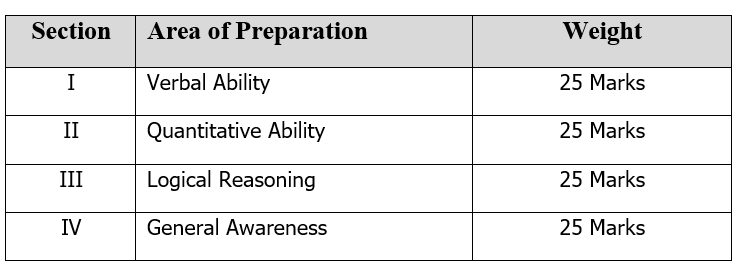What is Healthcare Management?
What is healthcare management? Healthcare management is the administration and organization of all things in a healthcare system. Healthcare managers oversee all the elements of an organization, and may work in a hospital or clinic helping control budgets, staffing, records, etc. These healthcare administration experts aren’t directly involved in patient care, but rather work on the business of healthcare by helping the facility or organization run smoothly. Health care administration involves overseeing all of the important financial and organizational elements of a health care clinic or department, and these administrators have to be prepared to face all different kinds of work every day.
Behind every hospital or medical practice are healthcare managers who keep everything running smoothly. Healthcare managers are responsible for overseeing areas such as quality of care and budgeting in hospitals and nursing homes. Since these institutions provide healthcare to a large number of people, the work done by healthcare managers have a direct impact on the quality of care received by the patients.
There are many benefits to getting a degree in healthcare management and preparing for this kind of career. Learn more about the reasons to get a healthcare management degree and follow this exciting career path in health administration. Healthcare managers help the system to work more efficiently which, in turn, helps patient care. Healthcare administrators have been pioneers in advocating positive and progressive healthcare policy changes. Over the years, they have sought to provide healthcare coverage for the poor, implement wide-ranging preventive care to at-risk populations, and brought about other changes to improve healthcare delivery to broader segments of the community and the population at large.
Future scope of a healthcare management degree:
Health care managers work in a variety of administration settings and can have a variety of job titles, changing what they do in their day-to-day work. Some of their job titles include: The field of healthcare management requires talented individuals who can assist in introducing and managing the ever-changing developments that are taking place within the healthcare industry. As a healthcare professional, you can make a substantial contribution to improving the health of the residents in the communities you serve.
- Healthcare manager
- Healthcare administrator
- Healthcare supervisor
- Clinical director
- Nursing home facilitator
- Public health educator
- Health coordinator
- Director
Health care managers also have many job settings they work in, including:
- Hospitals
- Clinics
- Departments in hospitals
- Nursing homes
- Private practices
- Public health centers
- Colleges or universities
- Insurance companies
- Pharmaceutical companies
If you’re interested in a profession that has many different and unique options and opportunities, a career in healthcare management could be your ideal choice.
















